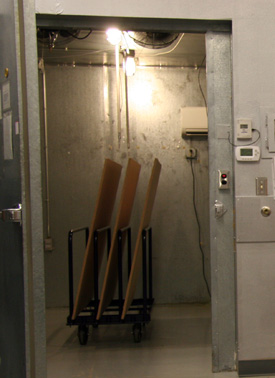 The EPA recently released a new regulation to protect the public from exposure to formaldehyde. This new regulation includes additional products not covered by CARB and will impact multiple businesses throughout the wood products industry at both the primary and secondary points of manufacture.
The EPA recently released a new regulation to protect the public from exposure to formaldehyde. This new regulation includes additional products not covered by CARB and will impact multiple businesses throughout the wood products industry at both the primary and secondary points of manufacture.
We’re Here to Help
At Benchmark International, we’re here to support the industry and help you make sense of new laws. As we study this latest regulation, we will keep you updated with what you need to do. If you have any questions, please don’t hesitate to contact us at 1-541-484-9212 or email info@benchmark-intl.com.
Join Us for a Free Webinar
In the near future, Benchmark, in conjunction with Oregon State University’s Wood Science Engineering Department, will hold a free webinar to address the implications of the formaldehyde regulation. Watch for an announcement and invitation to follow.
Read a Summary of the Regulation
We’ve included a summary of the new regulation below, straight from the EPA website. To view the full regulation, click here. We’ve also included two in-depth prepublication versions of the proposed EPA rules:
Formaldehyde Emissions Standards for Composite Wood Products;Proposed Rule [RIN 2070-AJ92; FRL-9342-3]
Formaldehyde; Third-Party Certification Framework for the Formaldehyde Standards for Composite Wood Products[RIN 2070-AJ44; FRL 9342-4]
Proposed Rules to Implement the Formaldehyde Standards for Composite Wood Products Act (TSCA Title VI)
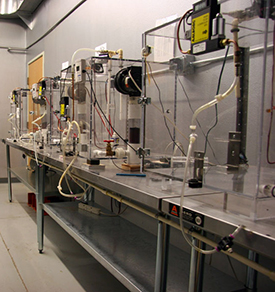 The EPA proposed two rules aimed at protecting the public from the risks associated with exposure to formaldehyde. The first proposal would implement formaldehyde emission standards under TSCA Title VI, and would apply to hardwood plywood, medium-density fiberboard, particleboard, and finished goods containing these products that are sold, supplied, offered for sale, or manufactured (including imported) in the United States.
The EPA proposed two rules aimed at protecting the public from the risks associated with exposure to formaldehyde. The first proposal would implement formaldehyde emission standards under TSCA Title VI, and would apply to hardwood plywood, medium-density fiberboard, particleboard, and finished goods containing these products that are sold, supplied, offered for sale, or manufactured (including imported) in the United States.
The second proposal would establish a framework for a third-party certification program to ensure that composite wood panel producers comply with the formaldehyde emission limits established under TSCA Title VI.
These rules will protect people against the risks posed by formaldehyde emitted from composite wood products. These rules will also put in place one national set of standards for companies that manufacture or import these products and ensure the same protections for all Americans.
This rule also includes implementing provisions for:
First Proposed Rule: Formaldehyde Standards for Composite Wood Products Act Implementing Regulation
As required by the law, the first proposal sets limits on how much formaldehyde may be released from composite wood products, including hardwood plywood, medium-density fiberboard, particleboard and finished goods containing these products, that are sold, supplied, offered for sale, manufactured, or imported in the United States. It also includes protective yet common sense exemptions from some testing and recordkeeping requirements for products made with no-added formaldehyde resins. This proposal includes additional implementing provisions for:
- Laminated products
- Testing requirements
- Product labeling
- Chain of custody documentation, and other recordkeeping requirements
- Enforcement
- Product inventory sell-through provisions, including a product stockpiling prohibition
Second Proposed Rule: Third-Party Certification Framework
The law also requires the establishment of a third-party certification program to ensure that composite wood panel producers comply with the established emission limits. Under the proposed framework, third-party certifiers (TPCs) would be required to apply to EPA-recognized accreditation bodies who would verify the certifiers’ ability to ensure that panel producers comply with the formaldehyde emission standards. Under this rule, TPCs would audit composite wood panel producers and verify compliance with the formaldehyde emission standards.
- TPCs would be responsible for activities such as:
- Regularly auditing composite wood panel producers
- Conducting and verifying formaldehyde emissions tests
- Ensuring that panel producers’ quality assurance/quality control procedures and testing complies with the TSCA Title VI implementing regulations
Benchmark International holds the following accreditations, which are all proposed requirements of the EPA regulation:
ISO/IEC Guide 65 Accredited
ISO/IEC 17020 Inspection Agency Accredited
ISO/IEC 17025 Testing Laboratory Accredited

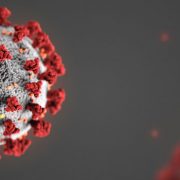
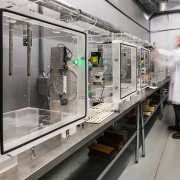

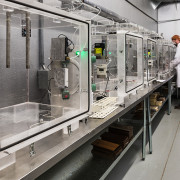
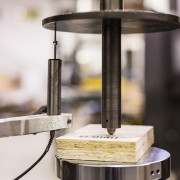
 The
The  The EPA proposed two rules aimed at protecting the public from the risks associated with exposure to formaldehyde. The first proposal would implement formaldehyde emission standards under TSCA Title VI, and would apply to hardwood plywood, medium-density fiberboard, particleboard, and finished goods containing these products that are sold, supplied, offered for sale, or manufactured (including imported) in the United States.
The EPA proposed two rules aimed at protecting the public from the risks associated with exposure to formaldehyde. The first proposal would implement formaldehyde emission standards under TSCA Title VI, and would apply to hardwood plywood, medium-density fiberboard, particleboard, and finished goods containing these products that are sold, supplied, offered for sale, or manufactured (including imported) in the United States.